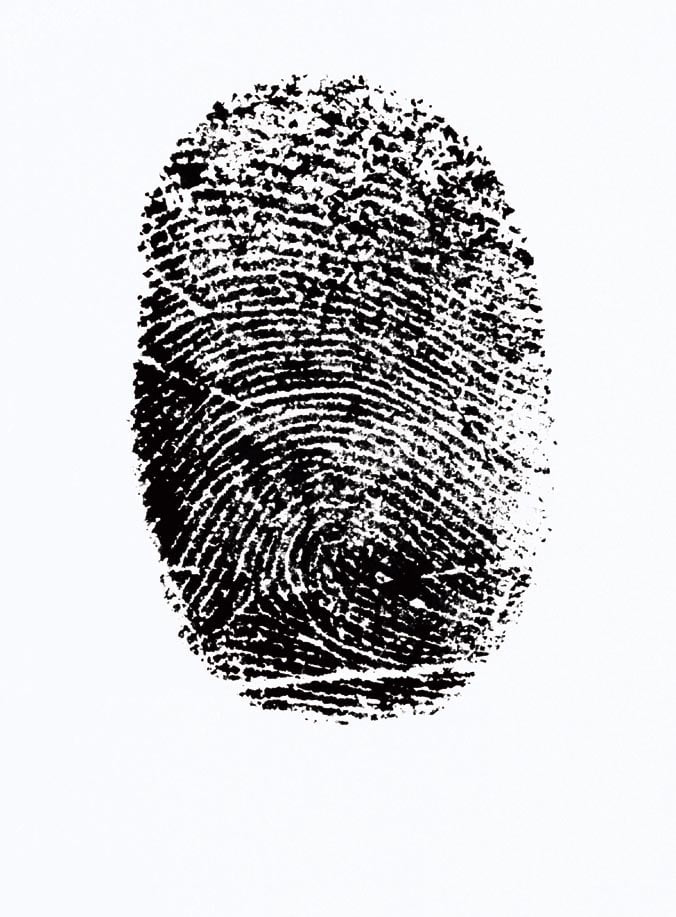AFP’S Crim Trac division is on the hunt for a new biometric ID solution that can recognise fingerprints, faces, palm prints, speech, scars and marks, and tattoos.
"Potential new capabilities will be subject to a rigorous scrutiny in the search to upgrade Australia's existing fingerprint identification services," Minister for Justice, Mr Michael Keenan said.
Currently, the National Automated Fingerprint Identification System (NAFIS) was the only national capability that provided Police Agencies with access to fingerprint data, he said.
"The search for a replacement system has been designed to ensure Australia is at the cutting edge of identification practices, particularly the speed at which we can match latent finger and palm prints found at crime scenes," said Mr Keenan.
"During the search, Crim Trac will look at how Australia can integrate and converge existing models and processes as it develops requirements for the new capability. Consideration will also be given to expanding the type of data collected to allow police to match evidence to both suspects and crimes."
The Minister said modern policing demanded and IT capability that could easily assist in greater and faster collection of evidence, accessible nationwide.
CrimTrac, the Australian Government Agency responsible for delivering national information sharing services between Federal, State and Territory Police Agencies would aim to replace the NAFIS by 2017, he said.











